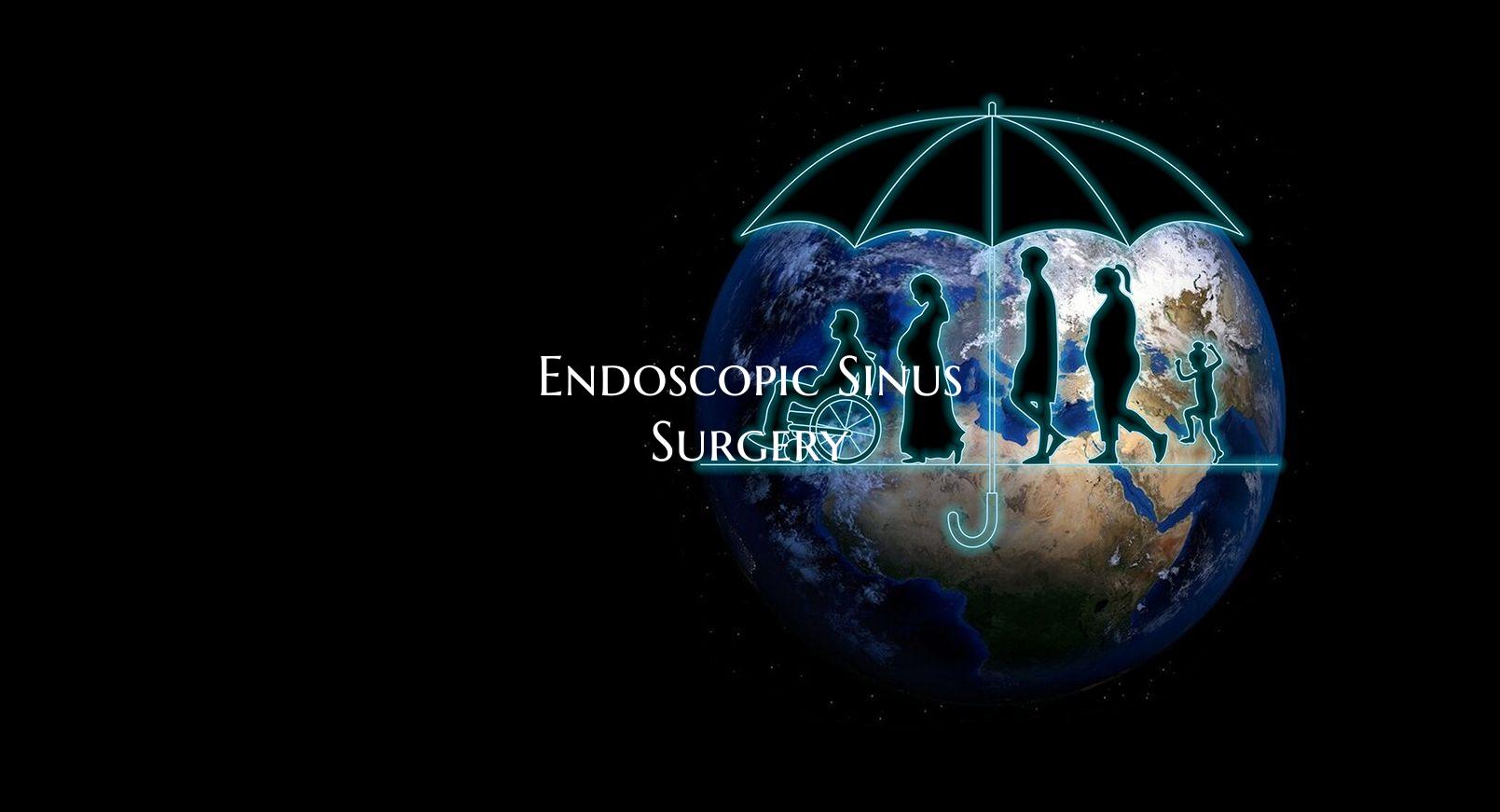
Endoscopic Sinus Surgery
Endoscopic sinus surgery is a minimally invasive procedure performed to treat various sinus conditions and disorders. It involves the use of a thin, flexible tube with a tiny camera called an endoscope that allows the surgeon to visualize and access the sinus cavities without making any external incisions.
This procedure is typically recommended for patients who have chronic sinusitis that does not respond to other treatments such as medication or nasal sprays. It can also be used to address issues such as nasal polyps, sinus tumors, and sinus structural abnormalities.
During endoscopic sinus surgery, the surgeon will insert the endoscope through the nostrils to examine the sinus passages and identify the problem areas. Surgical instruments are then used to remove blockages, enlarged tissues, or growths that may be causing the sinus issues. The goal of the surgery is to improve sinus drainage, reduce inflammation, and restore normal sinus function.
One of the key benefits of endoscopic sinus surgery is its minimally invasive nature, which results in less pain, faster recovery, and reduced risk of complications compared to traditional open sinus surgery. Patients can typically go home the same day or after a short overnight stay, and most can resume normal activities within a few days to a week.
After the surgery, patients may experience temporary congestion, mild discomfort, and some nasal drainage. It is important to follow post-operative instructions provided by the surgeon to promote healing and prevent complications. Some patients may also require nasal irrigation or medications to aid in recovery.
Overall, endoscopic sinus surgery is a safe and effective treatment option for individuals suffering from chronic sinus issues. By improving sinus function and relieving symptoms, this procedure can greatly enhance the quality of life for patients and help them breathe easier. If you are considering endoscopic sinus surgery, consult with an ENT specialist to discuss your options and determine if this procedure is right for you.